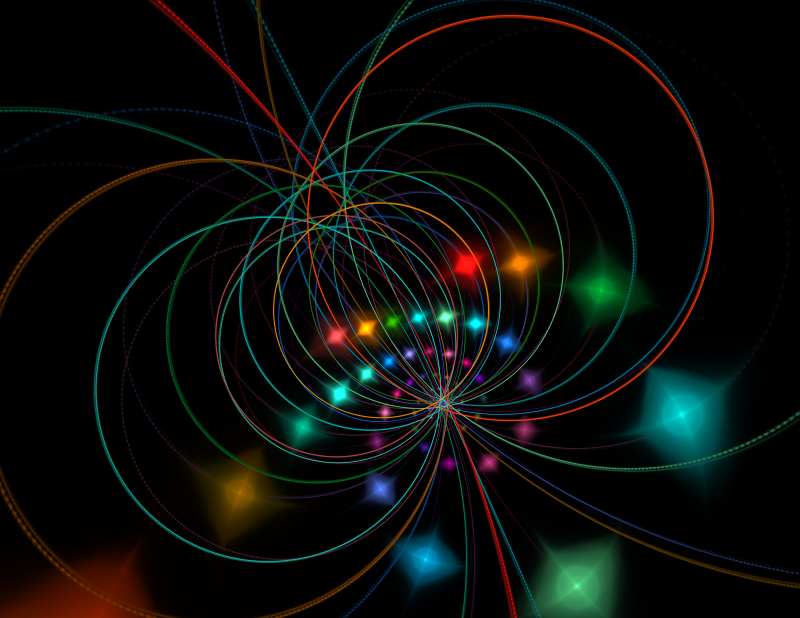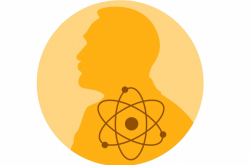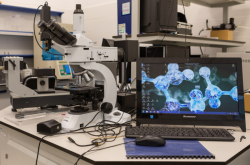Contents:
- What is quantum entanglement?
- What are the contributions of this year’s Nobel Prize laureates?
- Why is it important?
- Should we expect breakthroughs in this field soon?
- Why did the Nobel Committee focus on quantum information science this year?
What is quantum entanglement?
It is a phenomenon that occurs when quantum states of several particles become connected despite the space between them. Quantum entanglement, like other quantum features, is different from the properties of other objects in the material world, and thanks to this phenomenon we can create new computational and communication devices. In order to do that, we need to, first, correctly determine the fundamental laws defining quantum particles, and second, learn to work with them experimentally. For instance, in order to prove quantum entanglement of particles in an experiment, we need to check that they comply with Bell inequalities (after physicist John Stewart Bell). These allow us to determine any hidden parameters in the quantum-mechanical system that define the state assumed by one of the particles. If the inequalities are violated, the particles can be considered entangled.
What are the contributions of this year’s Nobel Prize laureates?
Over decades, these scientists have been developing the fundamentals of quantum technologies in practical engineering tasks through theoretical research and experiments. These novel ideas brought in new technologies, based on quantum information. For instance, John F. Clauser was first to conduct experiments proving violations of Bell inequalities, while Alain Aspect confirmed the achieved results. And Anton Zeilinger succeeded in demonstrating the possibility of quantum teleportation in an experiment, showing that changes in the state of one of the entangled particles causes changes in the second one in the pair. It turned out that entangled particles can influence each other’s state, even with over a thousand of kilometers between them.
Why is it important?
Research done by these scientists has greatly influenced quantum computing and quantum computers. For instance, researchers from the USA and China have already developed computers that can simultaneously interact with dozens of qubits (basic units of quantum information).
Should we expect breakthroughs in this field soon?
Physicists will have to take several more strides in engineering in order to create quantum computers for real-world tasks, because those will need hundreds or even thousands of entangled particles. In the best-case scenario, we will see active quantum computers in labs in ten years. However, it is important to note that in the foreseeable future these machines will not turn into household items like laptops, but will serve primarily in research. It is still an open question whether such devices will take the path of other electronics, evolving into something we use at home on a daily basis.
Why did the Nobel Committee focus on quantum information science this year?
Rumors about the next Nobel Prize going to someone in the field of quantum information have been circulating for several years, with some saying the chosen ones will be Charles H. Bennett and Stephen Wiesner, the developers of quantum cryptography. However, the Committee has abided by its traditions and opted for researchers, whose work was more fundamental in nature. The Prize is usually awarded only after years or decades after a breakthrough, when their impact will be generally accepted and implemented in applied solutions. It is not the momentary discovery that counts, but rather the long and winding research path.






